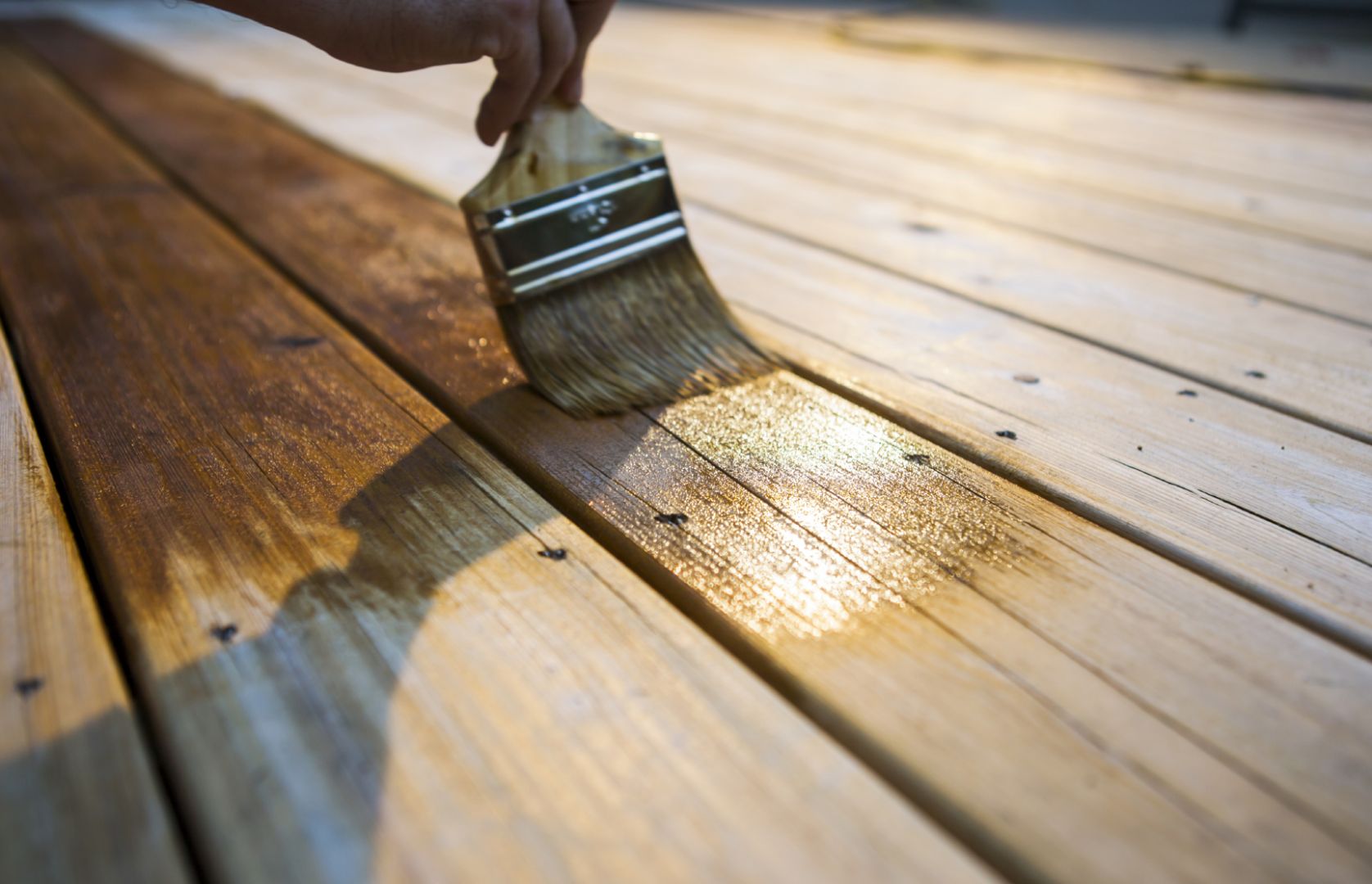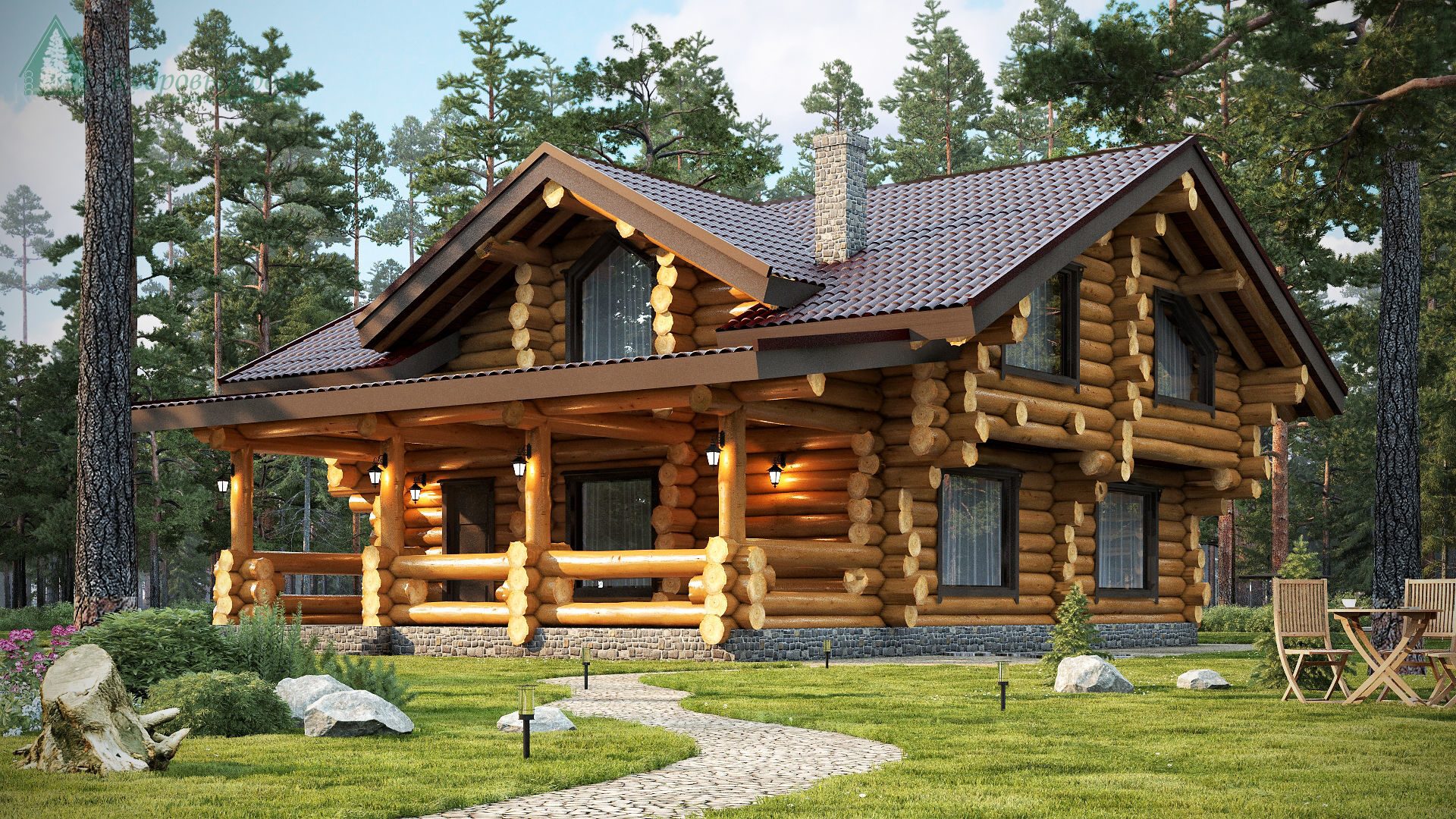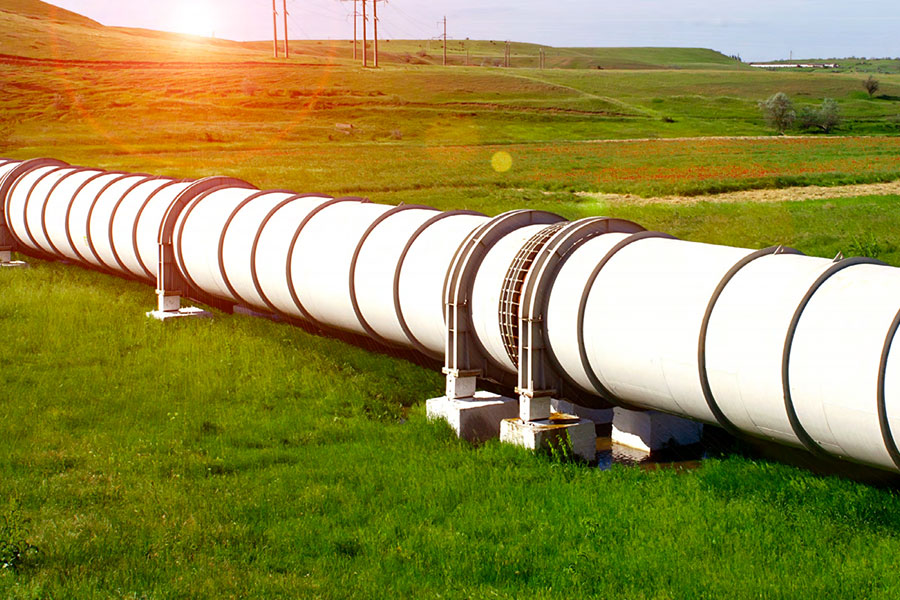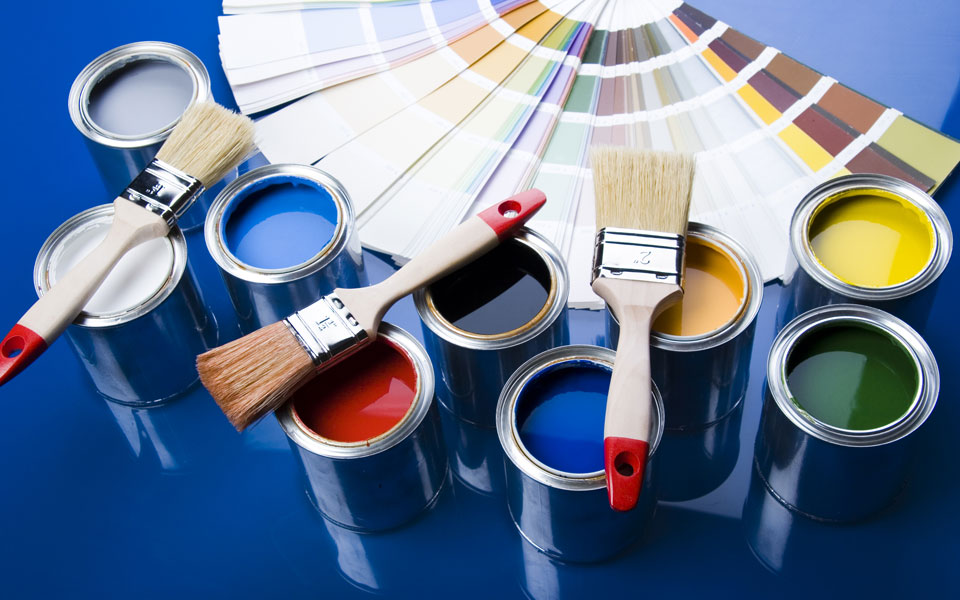One of the activity area of the company is development and manufacture of specialized products to solve the critical tasks in the field of construction. The products created by our company enable to extend the lifecycle of infrastructure facilities, building constructions and materials. We offer the solutions which ensure the high-tech repair and finishing works, as well as preventive maintenance at the facilities under construction or reconstruction.
Wood protection
- bio-based fire-retardant treatment
- protective decorative coatings (compositions)
Solvents, diluents
- solvents
- basic petroleum solvents
- diluents
- degreasers and cleaning solutions
- rust converters
- coating removers
Metal protection
- corrosion protection
- paintwork materials
- epoxy materials
High potential of the KHIMIK Scientific Research Complex, continuous search for new technological ideas and enhanced cooperation with the world's leading experts in the field of construction solutions allow us to offer the market really relevant products that meet current requirements and often anticipate re-emerging needs. The company is committed to developing and creating products that are safe in terms of use, manufacture, and further environmental impact. This aspect is given special attention within the framework of the Quality Policy adopted in our company.
Wood protection

Wood, as a natural construction material, has many advantages: low cost, considerable strength, ease of processing and high thermal and acoustic insulation properties. However, with all these advantages, wood is exposed to moisture, temperature and ultraviolet radiation, making it one of the most short-lived materials and limiting its use in construction.
Various types of paintwork materials are used to preserve this unique building material.
Each of the materials has its own field of application and is designed to solve specific tasks that face the builder:
- protective and decorative coatings (compositions) form a protective film, which, unlike paint, does not hide the structure of wood and allows wood to “breathe” (which significantly slows down rotting processes); at the same time, they are finishing;
- bio-based fire-retardent treatments serve to protect wood from fire; the fire protection is generally understood as the reduction of flammability and fire hazard of various materials (finishing and facing, structural, etc.) and products (decorations, doors, partitions, roof structures, etc.) based on wood.
Protective decorative coatings

Protective and decorative coatings (compositions) appeared on the paintwork market not so long ago – about 50 years ago, and have been actively used in the last decade.
KHIMIK has been engaged in producing protective and decorative compositions for more than 10 years, and the alkyd-resin products are now being the main direction of production. Protective and decorative compositions are similar to ordinary paints in that they are solutions of film-forming substances in organic solvents or water with pigments and fillers.
The principal differences between the protective and decorative compositions and ordinary paints are as follows:
- presence or absence of a moisture permeable film, which significantly reduces wood rotting;
- introduction of fungicides into the formulation; depending on the composition type, fungicides either prevent subsequent infestation or control existing infestation;
- significantly less cracking of the painted surface, as on average the thickness of the paint layer is 5 times greater than the thickness of the layer of protective and decorative composition.
The second difference of the market segment of the protective and decorative compositions is the lack of a unified terminology in the market. One and the same product can be called both protective and decorative composition, antiseptic and treatment. We have adopted the following system of definitions for ourselves:
- Protective and decorative compositions are binder compositions with two functions: protective and decorative.
- Protective compositions (treatments) are aqueous solutions of fungicides and/or insecticides intended only for protection against bio-damage and insects.
These products are manufactured under the KRONA brand name.
Alkyd compositions were the first to be invented in this market, and they are most often used for painting outer surfaces. And there is a rational basis for this – the molecules of alkyd compositions are smaller than the acrylic ones in size, and therefore they penetrate deeper into the wood and are less susceptible to abrasion compared to acrylic products. There is also cross-linking of layers in the process of drying alkyd products (layers are joined at the level of molecules), and as a result a solid film is formed.
Acrylic compositions are solutions of polymers in water with pigments and fillers. The products are odorless and therefore their market share is constantly growing as more and more consumers are replacing alkyd products with acrylic ones. The film of acrylic compositions is less durable compared to alkyd products, as there is not a chemical cross-linking process, but physical adhesion of one layer to another, but at the same time the resulting characteristics are sufficient for effective work of the product indoors. The principal difference between protective and decorative compositions and treatments is the concentration of fungicide in the formulations. The protective and decorative compositions have a sufficient amount of fungicides for subsequent protection against bio-damage. At the same time, increased concentration of fungicides is introduced in treatments in comparison with protective and decorative compositions. This concentration is sufficient not only for further protection against bio-damage, but also for the control of existing ones. Treatments were invented to reduce the cost of work on concealed structures where the decorative function is not important.
All treatments are divided into 3 large groups:
- mitigating bio-damage
- mitigating insect infestation
- preventing wood from ignition
All fire retarders can be categorized by the type of medium that forms in the wood after treatment. If alkaline salts are used (the most common option in the market), an alkaline medium with pH > 8 is formed in the wood, and this medium slowly destroys the wood lignin, if acid salts are used, the weak acid medium is formed in the wood, which is very close to neutral (pH about 5), that has no effect on wood destruction. Alkali affects wood in the following way – it penetrates into the wood surface layers (2–3 mm) and fixes in it. In case the wooden surface is moistened again, the alkali will penetrate even deeper into the wood, as water performs transport functions in the wood structure. During numerous “wetting-drying” cycles, alkalis can penetrate into the wood to a depth of about 5 cm, destroying the wood structure, the lignin that binds the cellulose cells together at the micro level and provides the material strength. The wood fibers irretrievably lose their bond between each other, the material becomes loose, porous like a sponge, absorbing moisture and thus even more susceptible to bio-damage.
The protective and decorative compositions produced by KHIMIK include:
- TONOTEX
- AQUALAC
- AQUALAC Parquet
- AQUALAC Sauna
- Yacht Varnish
TONOTEX
TONOTEX is used in residential, civil and industrial construction. This product gives high aesthetic and performance properties for the wood items. It is intended for interior and exterior painting of wooden surfaces in order to provide protective action against biological damage, atmospheric effects, as well as for decorative finishing. It provides the wood with water repellent properties, makes wooden surfaces resistant to rain, snow and sun. TONOTEX is a solution of alkyd resins and pigment suspension in organic solvents with the addition of modifying and other useful additives. It conforms to the Unified Sanitary Requirements of the Customs Union, requirements of GOST 30495, Specification 2388-013-00205357-98. According to the physical and chemical parameters TONOTEX quality corresponds to the requirements and norms specified in the table.
AQUALAC
AQUALAC is intended for protective and decorative treatment of walls, doors, ceilings, windows and other wooden surfaces indoors and outdoors. Not recommended for parquet varnishing It protects against burning and discoloration of wood under the influence of UV rays. The water-repellent effect provides protection against dampness and temperature fluctuations. It gives a soft silky-matte shine to the painted surface. AQUALAC withstands short-term fivefold freezing without changing its properties. It is an aqueous solution of acrylic emulsion with the addition of pigments (or without them) and target additives. It conforms to the Unified Sanitary Requirements of the Customs Union, requirements of Specification 2313-103-00205357-2009. In terms of the physical and chemical parameters, the AQUALAC quality complies with the requirements and norms specified in the table.
AQUALAC Parquet
AQUALAC Parquet is used inside buildings for parquet and plank floors, stairs, railings and other wooden surfaces exposed to heavy wear. It forms a clear, semi-glossy, hard and abrasion resistant coating. It has a self-leveling effect, does not leave streaks and visible transitions between layers. The lacquer withstands repeated washing with water, as well as with household detergents. It contains no organic solvents, almost odorless. It withstands five-fold freezing and thawing without changing properties. The lacquer is an aqueous solution of acrylic emulsion and functional additives. AQUALAC Parquet complies with the Unified Sanitary Requirements of the Customs Union, the requirements of Specification 2313-104-00205357-2009. According to the physical and chemical parameters AQUALAC Parquet meets the requirements and standards specified in the table.
AQUALAC Sauna
AQUALAC Sauna is designed to protect the walls and ceilings of saunas and baths from moisture, high temperatures, dirt, and rot. It should not be used to protect the shelf. AQUALAC Sauna is well absorbed into wood, forms a translucent water- and dirt-resistant coating, reveals the structure of wood, protects wood from rotting, withstands heating up to 120 °C. It is an aqueous solution of acrylic emulsion with the addition of technological (functional) additives. AQUALAC Sauna protective and decorative composition meets the Unified Sanitary Requirements of the Customs Union, the requirements of GOST 30495, Specification 2313-137-00205357-2011. According to the physical and chemical parameters the AQUALAC Sauna quality complies with the requirements and standards specified in the table.
Yacht Varnish
Yacht Varnish is used for treatment of wooden hulls of yachts, boats, crafts. The varnish has high resistance to water, including salt water, is resistant to abrasion, the varnish film is very elastic, resistant to UV radiation. Yacht Varnish is also used in domestic conditions for painting wooden structures exposed to the atmosphere: stairs, walls, window frames, parquet of all kinds (including a mosaic one). It can be used for moisture-protective and decorative treatment of garden furniture and other wooden objects. Yacht Varnish forms a colorless, glossy, dense, waterproof coating. It preserves and emphasizes the natural structure of wood. It is a solution of alkyd-urethane resin in the solvent with the addition of functional additives. It conforms to the Unified Sanitary Requirements of the Customs Union, requirements of GOST 30495, Specification 2313-138-00205357-2011. In terms of the physical and chemical parameters the Yacht Varnish quality complies with the requirements and standards specified in the table.
Bio fire-retardent treatment
KRONA bio fire-retardent treatment is designed for complex fire and bioprotection of wood of residential and industrial buildings and structures, as well as other wooden constructions. It protects against fire, flame spread, rot, mold, blueing indoors and outdoors (under a canopy) in conditions of hygroscopic and condensation moisture without contact with the ground, exposure to precipitation, soil moisture. KRONA bio fire-retardent treatment provides Group II of fire protection according to the methods of determining fire protection efficiency according to NPB 251-98 and GOST R 53292-2009. It can be stored and transported frozen, fully restores its properties after thawing and mixing. The composition is an aqueous solution of fungicidal and functional additives and meets the Unified Sanitary Requirements of the Customs Union, the requirements of Federal Law No. 123-FZ “Technical Regulations on Fire Safety Requirements” of July 22, 2008, the requirements of GOST 30495, GOST R 53292, Specification 2499-130-00205357-2011. According to the physical and chemical parameters, the quality of KRONA bio fire-retardent treatment complies with the requirements and standards specified in the table.
Metal protection

Development of corrosion protection materials is one of the core activities at KHIMIK. The company has developed and applied to production various anticorrosive materials to protect infrastructure facilities, metal structures for various purposes and building materials.
- Corrosion protection
- Paints & Varnishes
- Epoxy materials
When creating these materials, which are able to resist the action of corrosive medium for a long time, the whole complex of conditions affecting the service life of the coating is taken into account. It includes the operating conditions of a coating such as the chemical composition of the medium, temperature and pressure, mechanical stress, and climatic conditions at a given location. Application conditions: surface preparation methods and quality, coating application equipment, hardening and storage conditions, and mode of transportation.
Corrosion protection
PROFLEX one-component quick-drying primer enamel
It does not require thorough surface preparation. Can be applied to metal surfaces covered with tightly adhering rust, with a layer thickness of up to 100 µm. It is applied in 1–3 layers. It forms a semi-gloss coating. It is intended for corrosion protection of metal structures and equipment operating in atmospheric conditions. The service life of the three-layer coating is 6 years. Can be used as a primer when overcoating with KhV, KhS, PF enamels.
RITAN-755 finish two-component polyurethane enamel
It is applied by airless spraying installations with preliminary mixing of components. The second layer is in the coating system. Simply mix a quantity of enamel components required for an hour of work prior to use. The enamel is highly UV resistant, glossy and semi-glossy, with reduced dirt retention. It comes in a variety of colors. It contains no more than 35% of solvents. It is applied with a layer thickness of 80–100 µm.
Epoxy two-component primer enamel TREPP-RV-726N
It is applied as the first layer using airless spraying installation. It contains no more than 20% of solvents. Simply mix a quantity of enamel components required for an hour of work prior to use. It provides the coating system with high anti-corrosion and physical-mechanical properties. Recommended layer thickness of TREPP-RV-726N primer enamel depends on the operating conditions and the required service life of the coating.
Paints & Varnishes
PROFLEX one-component, quick-drying primer enamel
It does not require thorough surface preparation. Can be applied to metal surfaces covered with tightly adhering rust, with a layer thickness of up to 100 µm. It is applied in 1–3 layers. It forms a semi-gloss coating. It is intended for corrosion protection of metal structures and equipment operating in atmospheric conditions. The service life of the three-layer coating is 6 years. Can be used as a primer when overcoating with KhV, KhS, PF enamels.
RITAN-755 two-component finish enamel
It is applied by airless spraying installations with preliminary mixing of components. The second layer is in the coating system. Simply mix a quantity of enamel components required for an hour of work prior to use. The enamel is highly UV resistant, glossy and semi-glossy, with reduced dirt retention. It comes in a variety of colors. It contains no more than 35% of solvents. It is applied with a layer thickness of 80–100 µm.
Epoxy materials
Epoxy two-component primer enamel TREPP-RV-726N
It is applied as the first layer using airless spraying installation. It contains no more than 20% of solvents. Simply mix a quantity of enamel components required for an hour of work prior to use. It provides the coating system with high anti-corrosion and physical-mechanical properties. Recommended layer thickness of TREPP-RV-726N primer enamel depends on the operating conditions and the required service life of the coating.
Solvents, diluents

One of the company's activities is development and production of various solvents and dilutants used in industry, transportation and construction. The products of this direction produced at the enterprise can be conventionally divided into the following groups:
- Solvents. Solvents are the liquids that completely dissolve the film-forming agent and evaporate during the drying process. Compounds of various chemical nature such as aromatic, aliphatic hydrocarbons and their mixtures, simple and compound ethers, ketones, alcohols, halogen derivatives of hydrocarbons, etc., are used as solvents for paintwork materials.
- Diluents (cosolvents) are liquids that by themselves do not dissolve the film-forming agent, but when mixed with a true solvent can reduce the viscosity of the solution or give it any special properties.
Selection of the diluent/solvent ratio is necessary to obtain best properties of the paintwork material and quality of the finished coating. The solvent composition can also affect the stability of pigmented paintwork materials. The solvent should not displace dispersants or sorbed polymer molecules from the surface of pigments and fillers so as not to cause settling or coagulation of the pigment portion. During the drying process, both solvents and diluents should be completely removed from the coating within the required time. Considering the fact that different components of the blended solvents have different volatilities, it is important that the worst volatility is that of the most active solvents in the blend (they should remain the last). Otherwise, the coating will coagulate prematurely during the drying process due to the decreased solubility of the polymer, resulting in a loose coating with poor protective properties. In addition, it will be difficult for the cosolvent residues to escape.
The volatility of the solvents used should be suitable for the coating application and drying conditions. When applied by spraying methods (especially pneumatic), fine paint particles lose part of the solvent on their way to the surface to be painted. If the losses are excessive, the paintwork particles will become too viscous and a continuous coating will not be obtained.
Too rapid evaporation of solvents from the coating can lead to a variety of surface defects. If the coating thickness is large, rapid formation of the surface film will lead to wrinkling (it often occurs in case of intensive air exchange or drafts). Rapid evaporation without the formation of a surface film will result in shagreening. It is related to the fact that the evaporating solvent, as it rises from the depth of the coating, takes the coating material with it. In some areas the solvent-rich material rises to the top, while depleted material falls to the bottom in other areas, and viscosity build-up prevents the coating from leveling out. In addition, rapid evaporation of the solvent can lead to cooling of the paintwork material surface, condensation of air moisture on the surface and saturation of the surface layer with water. This leads to whitening of the coating film for nitrocellulose paintwork materials. Defects in the paintwork do not just deteriorate its appearance, they significantly reduce its protective properties due to reduction of the coating thickness in the area of defects, pore formation, etc.
Basic petroleum solvents
Acetone
Ultra-strong, broad-spectrum solvent. It is intended for dissolving and diluting varnishes, paints, enamels; cleaning and degreasing of surfaces. Can be used in paintwork materials applied at negative air temperatures. Acetone is used as a solvent in various industries. Produced as per GOST 2768-84.
Kerosene
TS-1 Kerosene is used for dissolving and diluting alkyd and oil paints and varnishes, for washing parts and mechanisms, as well as in household and lighting appliances as fuel. Produced as per GOST 10227-86.
White Spirit
White Spirit is intended for diluting and dissolving varnishes, oil paints, enamels and other paintwork materials. It removes grease and oil dirt from surfaces, can be used for cleaning tools. Used in the production of drying oils and other industries. Produced as per GOST 3134-78.
Degreasers and cleaning solvents
Antisilicone
Antisilicone cleaner is designed to clean impurities occurred during car operation: silicone, wax, bitumen, gasoline, small fractions of dirt, as well as cleaning surfaces treated with primers and fillers before painting. Antisilicone cleaner is a mixture of organic solvents. Produced as per Specification 2384-152-00205357-2013
RITAN-41 solvent
RITAN-41 solvent is intended for cleaning of paint equipment after application of urethane and epoxyurethane enamels. RITAN-41 solvent is produced according to Specification 2319-126-00205357-2011.
Degreaser
Degreaser is a mixture of petroleum solvents, and is intended for preparation and degreasing of surfaces for painting, for washing of parts and equipment, as well as removal of preservative coatings. Produced as per Specification 2319-101-00205357-2009.
Rust converters
Rust converters with zinc
Rust to Primer Converter with Zinc is designed for treatment of metal (steel) surfaces in order to remove (transform) corrosion damage (rust) and protect treated surfaces from subsequent weather and climatic influences, as well as forming a primer layer that provides strong adhesion to any paintwork materials. Does not require subsequent rinsing with water, neutralization and priming. Rust to primer converter with zinc is an aqueous solution of orthophosphoric acid with modifying additives. Produced as per Specification 2389-117-00205357-2010.
Diluents
Acrylic solvent
Acrylic Dilutant is a mixture of organic solvents, and is designed to dilute to working viscosity of all 2K (two-component) acrylic paintwork materials, base automotive enamels with the “metallic” and “pearlescent” effect or without such, of domestic and foreign production. It provides high quality of the resulting coating, and cleans the paint tool after working with acrylic materials as well. Produced as per Specification 2319-112-00205357-2010.
Solvents
646
Solvent of 646 grade is intended for dilution of nitro enamels, nitro varnishes and nitro putties of general purpose. Solvent 646 is produced as per GOST 18188-2020.
647
Solvent of 647 grade is intended for dilution of nitro enamels and nitro varnishes for passenger cars. Solvents 647 are produced as per GOST 18188-2020.
650
Solvent of 650 grade is intended for dilution of nitrocellulose enamels and coatings to working viscosity when painting small areas. Solvent 650 is produced as per Specification 2319-083-00205357-2007.
R-4
R-4 solvent is intended for dilution of paintwork materials based on polyvinylchloride chlorinated resins PSKh LS and PSKh LN, vinyl chloride copolymers, epoxy resins and other film-forming substances (except for grey and protective KhV-124 enamel). R-4 solvents are produced as per GOST 7827-74.
R-12
R-12 solvent is intended for dilution of paintwork materials based on PSKh LN, PSKh LS, polyacrylic resins and other film-forming substances. R-12 solvent is produced as per GOST 7827-74.
RITAN-41
RITAN-41 solvent is intended for cleaning of paint equipment after application of urethane and epoxyurethane enamels. RITAN-41 solvent is produced according to Specification 2319-126-00205357-2011.
TREPP-R-1
TREPP-R-1 solvent is intended for dilution of epoxy and epoxyphenol enamels and cleaning of paint equipment. TREPP-R-1 solvent is produced according to Specification 2319-126-00205357-2011.
TREPP-R-2
TREPP-R-2 solvent is intended for dilution of epoxy and epoxyphenol enamels and cleaning of paint equipment. TREPP-R-2 solvent is produced as per Specification 2319-126-00205357-2011.
TREPP-R-3
TREPP-R-3 solvent is intended for dilution of epoxy and epoxyphenol enamels and cleaning of paint equipment. TREPP-R-3 solvent is produced as per Specification 2319-126-00205357-2011.
Paint removers
AS-1 Coating Remover
"AS-1 Coating Remover" is a mixture of active solvents, emulsifier, opener and corrosion inhibitor, produced according to Specification 2319-020-00205357-2001 and designed to remove old paint coatings based on vinyl, pentaphthalic, glyphthalic, urethane and epoxy binders.